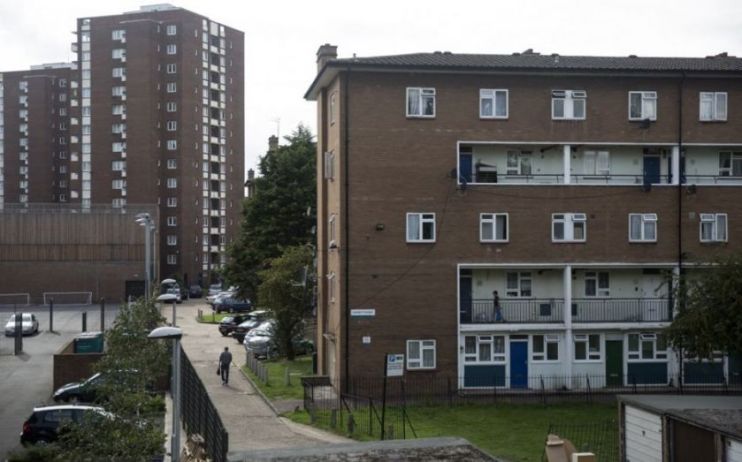Explainer-in-brief: A crisis of affordability stretching to social housing

Why on earth is housing so expensive in this country? This is a question that everyone in the rental market – especially in London – has asked themselves more than once. In both the private and social sectors, rent is the highest it’s been for decades as a share of tenants’ income.
Understanding how we’ve got to this point is not easy: there’s a myriad of different factors that impacted rental prices as time went by. But when it comes to social housing, we can definitely point the finger to supply and government policy on housing subsidies.
To return to the levels of social housing affordability seen by this country at the turn of the ‘80s we would need an additional 700,000 social properties, according to new research by the Joseph Rowntree Foundation (JRF). The shortage of social housing has been caused, amongst other things, by the Right to Buy policy which allowed many tenants to buy their council houses. These properties were often sold again for a profit, ending up in the hands of private landlords.
Simultaneously, housing subsidies fell extensively – despite housing benefits and universal credits popping up as the main form of support the government offers to lower-income families.
So many things have changed for housing in the last forty years. Social housing has gone from being a relatively common form of community-based living to a scarce resource in often appalling conditions. In the meantime, affordable housing mushroomed up and down the country. With rent set up at 80 per cent of market levels, it allowed housing providers to reach a broader customer base.
Many homes were converted from social rent to affordable rent. And because of that, more lower-income families and individuals were pushed into the private sector from the social housing sector. Forty-six per cent of 25 to 45-year-olds in the lowest-income third of households were in social housing in 1979, compared to 32 per cent by 2019-2020, according to the JRF.
Currently, the way we deal with social housing is too random. According to the housing boffins at Joseph Rowntree, those in the lowest bracket of earnings – specifically families with kids and people with disabilities – should get direct access to social housing. Other groups who still need support, but have a higher income, should be helped through targeted housing benefits.
The rental market is plagued by crises on both public and private limbs. None of these have a silver bullet solution, but making sure our policies are as targeted as possible certainly won’t hurt.